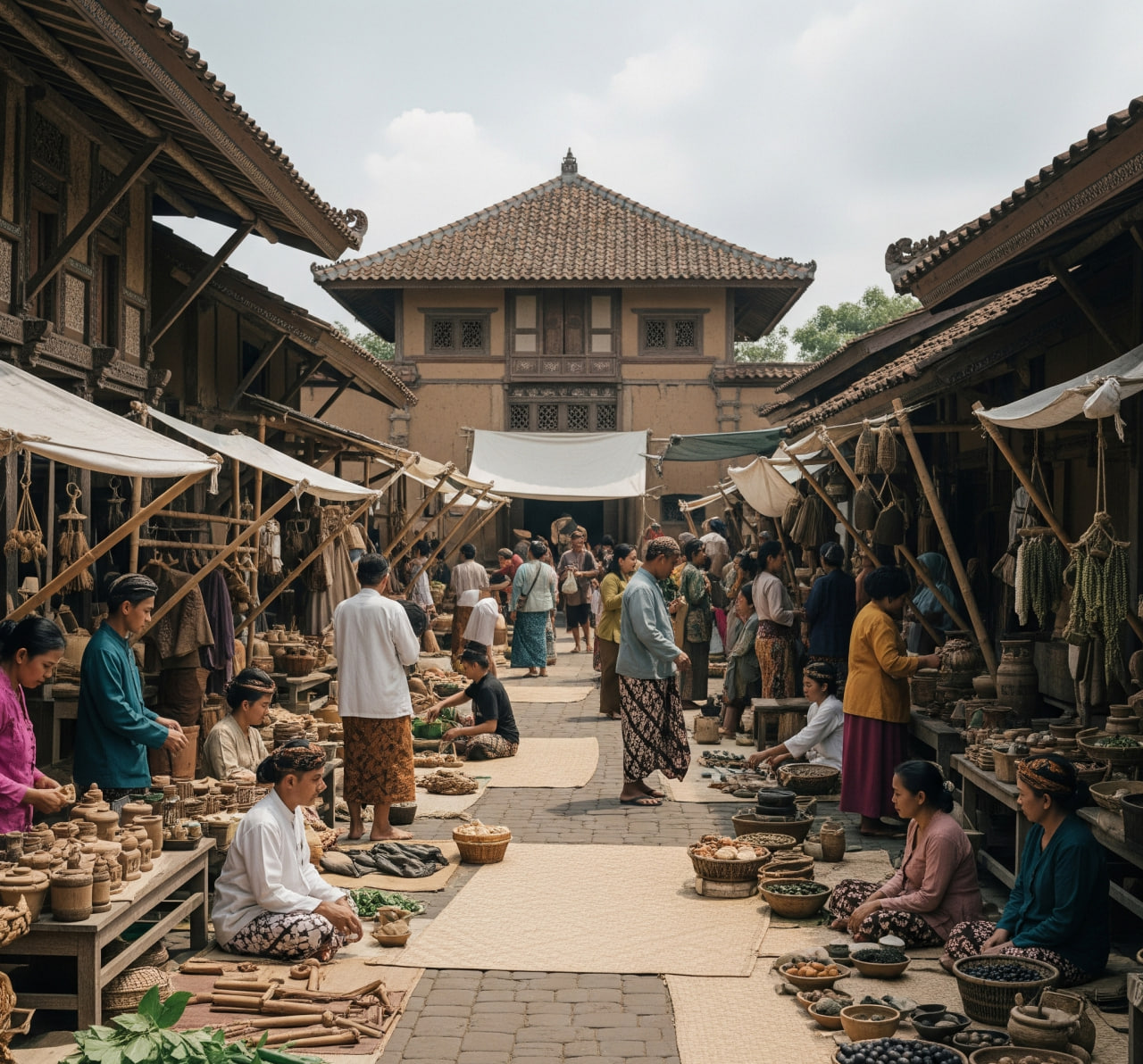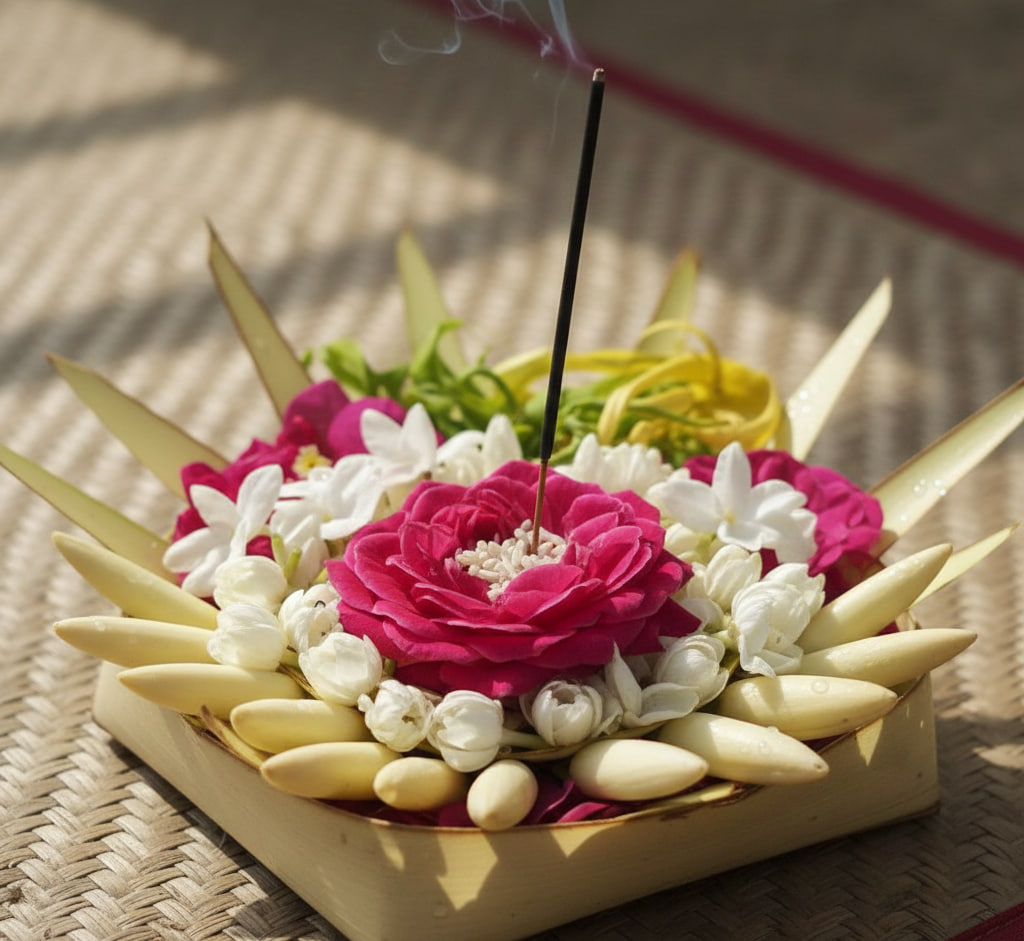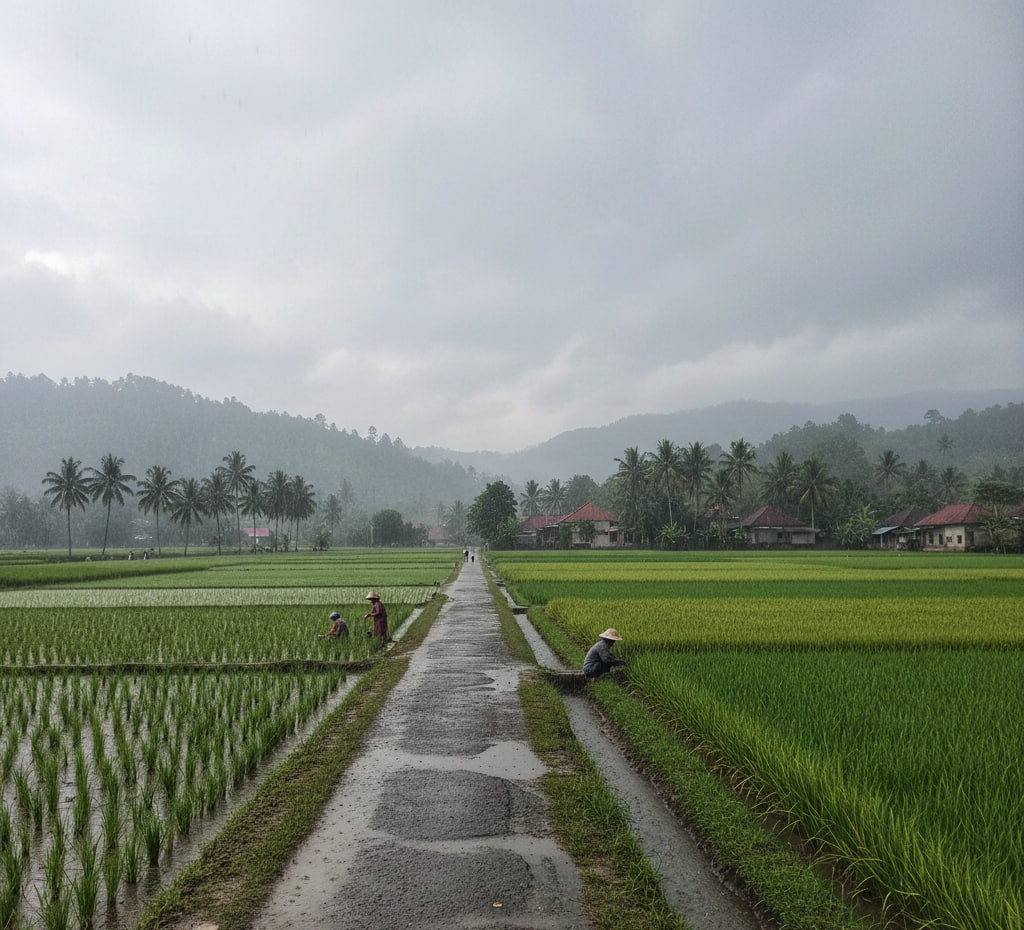News
Pasar Legi Kotagede: A Marketplace Since the Days of Ki Ageng Pamanahan
Tucked away in the historical neighborhood of Kotagede, there’s a market that’s been quietly beating like a heart for nearly five centuries. Long before malls and minimarkets, before Google Maps could guide you to the nearest snack stall, Pasar Legi Kotagede was already where people gathered, bartered, and built community. This isn’t just a place to buy shallots and bananas—it’s living proof that Yogyakarta has always known how to take care of its people.
Roots That Run Deep—All the Way to the 1500s
Pasar Legi was born in 1549, thanks to Ki Ageng Pamanahan, a respected nobleman and ancestor of the Mataram kings. The land it stands on was a royal gift from Sultan Hadiwijaya of the Pajang Kingdom, given in return for Pamanahan’s role in quelling a rebellion. At the time, the area was still an uninhabited forest—known as Alas Mentaok—which Pamanahan cleared to build a new settlement. Before any palaces or mosques came along, he built a market. Why? Because even future capitals need to eat first.
Where Economy Meets Everyday Life
In its earliest form, the market was called Sargedhe or Pasar Gede, literally "the big market." But it wasn’t big in a flashy, commercial way—it was essential. People came here not just to trade rice, vegetables, and fruits, but to connect. In the old Javanese concept of city planning, a proper city had four sacred elements: a palace, a square, a mosque, and a market. This wasn’t just commerce; it was culture.
Back then, there were no tiled stalls or shiny signboards. Traders sold their goods under large trees or umbrellas, and on Legi days—one of the five traditional Javanese market days—the place would be packed. Farmers sold their crops, artisans brought batik, blacksmiths displayed copperware, and potters hawked their clay. The market became so associated with that day, the name stuck: Pasar Legi.
Surviving Colonialism, Thriving Through Change
Under Dutch colonial rule, the market grew even more. Merchants from outside Kotagede started setting up shop—selling everything from cooked meals and firewood to silver jewelry. In 1986, the local government gave the market a facelift, and it was officially reopened by Yogyakarta’s mayor at the time, Soegiarto.
Today, Pasar Legi is still a buzzing center of daily life. It’s open nearly 24 hours, selling everything from staple food and traditional snacks to batik, clothes, and souvenirs. Despite its age, the market doesn’t feel stuck in time—it evolves, but never forgets where it came from.
A Living Museum of Everyday Culture
Walking into Pasar Legi isn’t just stepping into a market; it’s stepping into history. Here, tradition lingers in the aroma of kipo cakes, the color of geplak sweets, and the sizzling of goat satay on charcoal grills. The building itself has been designated a cultural heritage site, reminding us that some stories aren’t written in books but in the worn-out tiles and whispered bartering.
Pasar Legi Kotagede doesn’t try to be trendy—it just stays real. And maybe that’s what makes it so timeless. A place where generations have met, bargained, laughed, and lived. A marketplace that refuses to disappear into history, because it is history—served fresh daily.



